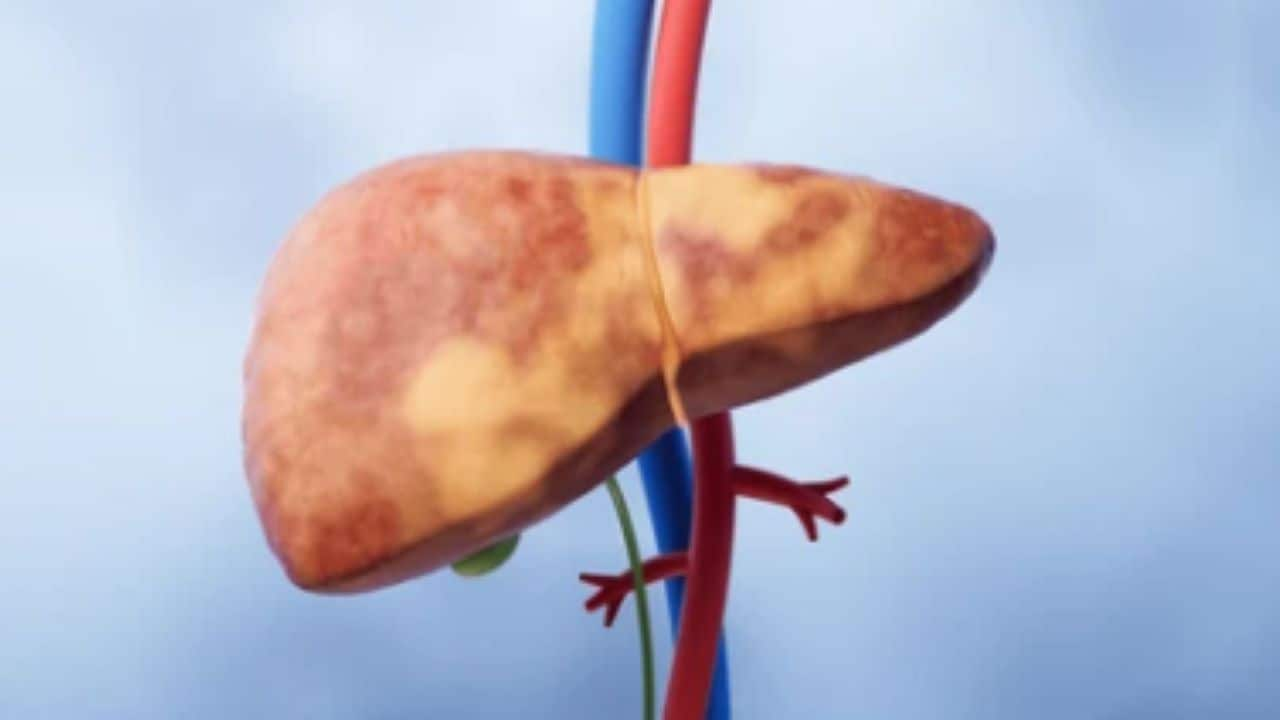What is the story about?
Fatty liver disease, particularly non-alcoholic fatty liver disease (NAFLD), is emerging as one of the most common conditions across the globe. What makes it alarming is its silent nature. Patients often remain unaware until the disease advances.
Recently, California-based gastroenterologist Dr Saurabh Sethi, who trained at AIIMS, Harvard, and Stanford, drew attention to the early warning signs and lifestyle measures in a video that has since gained traction. His insights were quoted by The Times of India.
According to Dr Sethi, NAFLD frequently develops without obvious symptoms, but certain subtle changes in the body can provide early clues. These include abdominal weight gain, persistent fatigue, discomfort under the right rib cage, visible changes in skin and hair, and sudden loss of appetite. While these may seem minor, recognising them early can help prevent progression to severe liver conditions, including cirrhosis.
One of the earliest indicators,Dr Sethi notes, is the build-up of fat around the abdomen. This pattern of weight gain is linked to insulin resistance, where the body fails to process sugar effectively, leading to increased fat storage in the midsection. Often dismissed as a cosmetic issue, central obesity is actually a red flag for liver stress and impaired metabolism.
Another overlooked symptom is chronic fatigue. Feeling drained despite adequate rest may reflect liver dysfunction and, in some cases, can be an early sign of non-alcoholic steatohepatitis (NASH), a more serious form of
fatty liver involving inflammation and scarring. Similarly, recurring discomfort below the right rib cage-where the liver sits-can signal early inflammation or fat deposits, yet many mistake it for digestive or muscular pain.
Dr Sethi also highlights external markers such as hair thinning, acne, or dark patches around the neck and underarms. These visible changes often stem from insulin resistance and indicate stress on the liver. In some cases, patients may also experience nausea or an unexplained loss of appetite, indicating impaired nutrient processing.
While the disease may sound daunting, Dr Sethi stresses that fatty liver can often be reversed in its early stages through simple lifestyle interventions. His advice includes cutting down on processed sugars and unhealthy oils, incorporating whole and unprocessed foods, and adding liver-friendly healthy fats to one's diet. Regular exercise, he explains, works in tandem with dietary choices, improving metabolism and reducingliver fat.
Recently, California-based gastroenterologist Dr Saurabh Sethi, who trained at AIIMS, Harvard, and Stanford, drew attention to the early warning signs and lifestyle measures in a video that has since gained traction. His insights were quoted by The Times of India.
According to Dr Sethi, NAFLD frequently develops without obvious symptoms, but certain subtle changes in the body can provide early clues. These include abdominal weight gain, persistent fatigue, discomfort under the right rib cage, visible changes in skin and hair, and sudden loss of appetite. While these may seem minor, recognising them early can help prevent progression to severe liver conditions, including cirrhosis.
One of the earliest indicators,Dr Sethi notes, is the build-up of fat around the abdomen. This pattern of weight gain is linked to insulin resistance, where the body fails to process sugar effectively, leading to increased fat storage in the midsection. Often dismissed as a cosmetic issue, central obesity is actually a red flag for liver stress and impaired metabolism.
Another overlooked symptom is chronic fatigue. Feeling drained despite adequate rest may reflect liver dysfunction and, in some cases, can be an early sign of non-alcoholic steatohepatitis (NASH), a more serious form of
Dr Sethi also highlights external markers such as hair thinning, acne, or dark patches around the neck and underarms. These visible changes often stem from insulin resistance and indicate stress on the liver. In some cases, patients may also experience nausea or an unexplained loss of appetite, indicating impaired nutrient processing.
While the disease may sound daunting, Dr Sethi stresses that fatty liver can often be reversed in its early stages through simple lifestyle interventions. His advice includes cutting down on processed sugars and unhealthy oils, incorporating whole and unprocessed foods, and adding liver-friendly healthy fats to one's diet. Regular exercise, he explains, works in tandem with dietary choices, improving metabolism and reducingliver fat.
Do you find this article useful?















